Exploring the ocean’s depths is like stepping into another world, teeming with creatures that challenge our understanding of life as we know it. Despite advances in marine biology, many deep-sea animals remain as mysterious as they are mesmerizing. From bioluminescent wonders to bizarrely shaped beings, these creatures defy conventional wisdom and spark endless curiosity. Here are 12 such enigmatic deep-sea animals that continue to baffle and captivate scientists and ocean enthusiasts alike.
1. The Goblin Shark
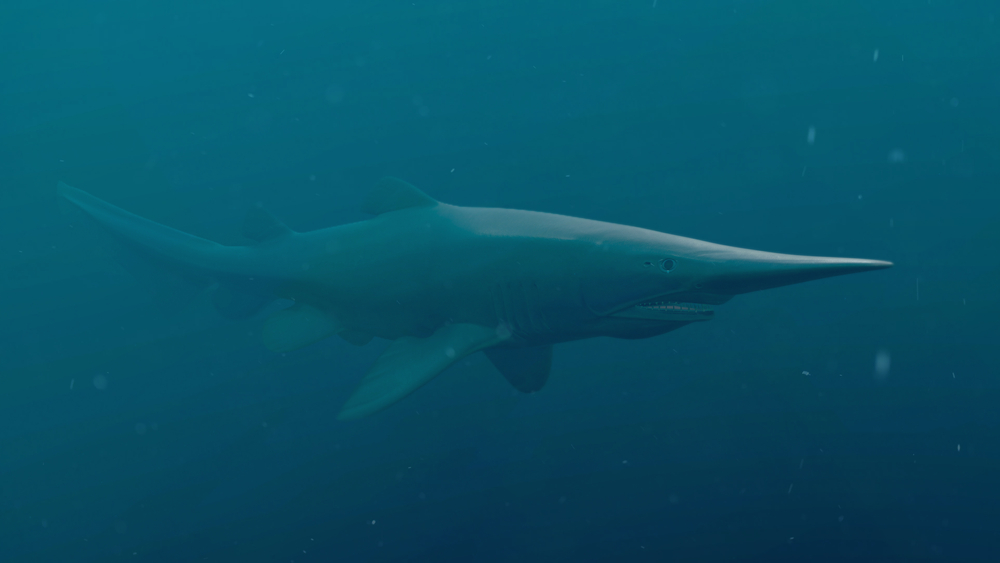
The goblin shark is often likened to a living fossil, thanks to its ancient lineage and unusual anatomy. With a protrusible jaw and a distinctive elongated snout, it looks like something out of a sci-fi movie. While not much is known about its behavior, this shark’s pinkish hue and sharp teeth hint at its deep-sea predatory lifestyle. You might say it’s the ocean’s version of a ghost story — rarely seen but fascinating to imagine.
According to a study published in the journal Zoological Science, the goblin shark’s jaw mechanism is unique among sharks, allowing for rapid prey capture. This peculiar adaptation likely compensates for the scarcity of food in the deep sea. Yet, even with such studies, many aspects of its life, like its breeding habits and population status, remain enigmatic. It’s a reminder that even with modern technology, some oceanic mysteries persist.
2. The Vampire Squid
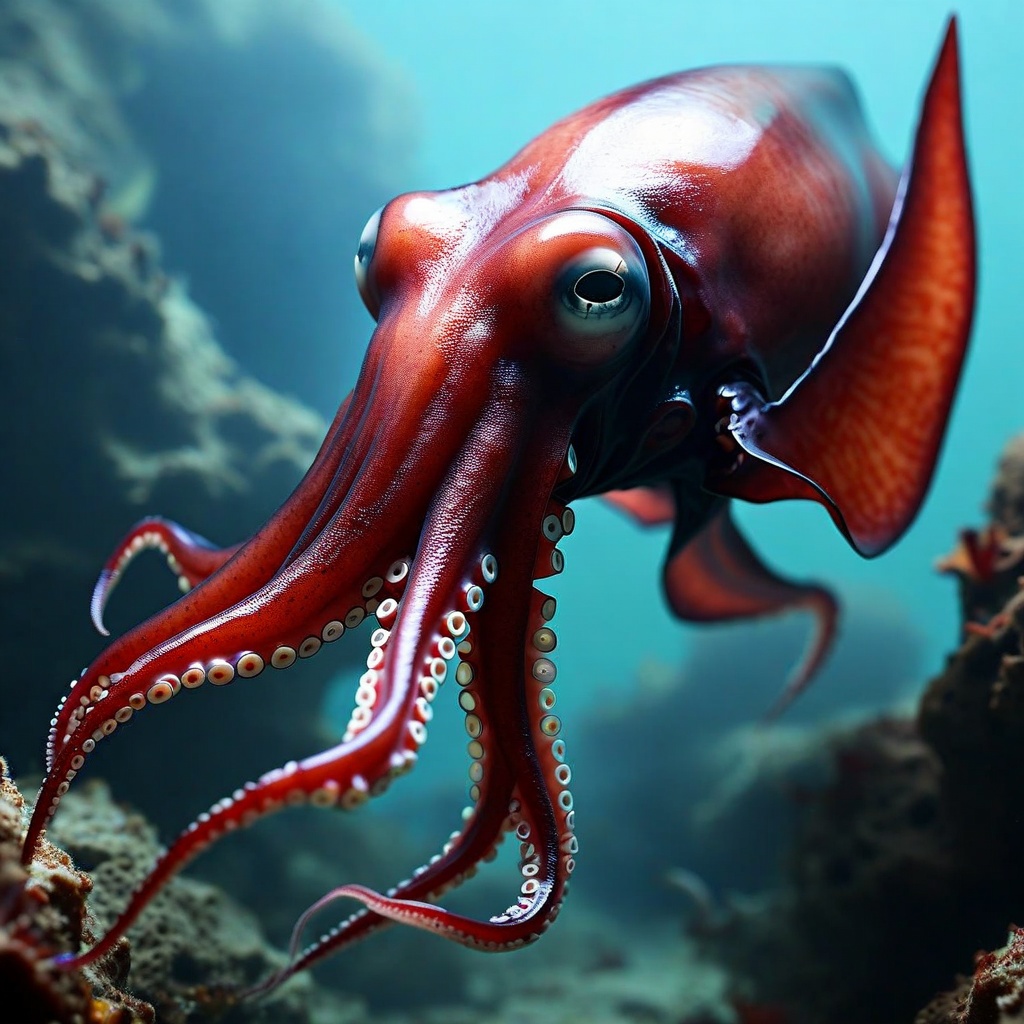
Despite its ominous name, the vampire squid isn’t a bloodsucker at all. This deep-sea cephalopod has a cloak-like webbing and bioluminescent capabilities that make it a master of the dark depths. With the ability to turn itself inside out to avoid predators, it’s a creature uniquely adapted to its extreme environment. You’re more likely to find it dining on marine snow — detritus falling from above — than on anything more sinister.
One of the vampire squid’s most intriguing features is its ability to produce a glowing mucus, an adaptation for defense rather than offense. Its life strategy revolves around conserving energy, which is vital in the nutrient-poor depths it inhabits. Unlike its shallow-water relatives, the vampire squid has a reduced metabolism and low reproductive rate. This reflects a lifestyle that’s as much about survival as it is about mystery.
3. The Barreleye Fish
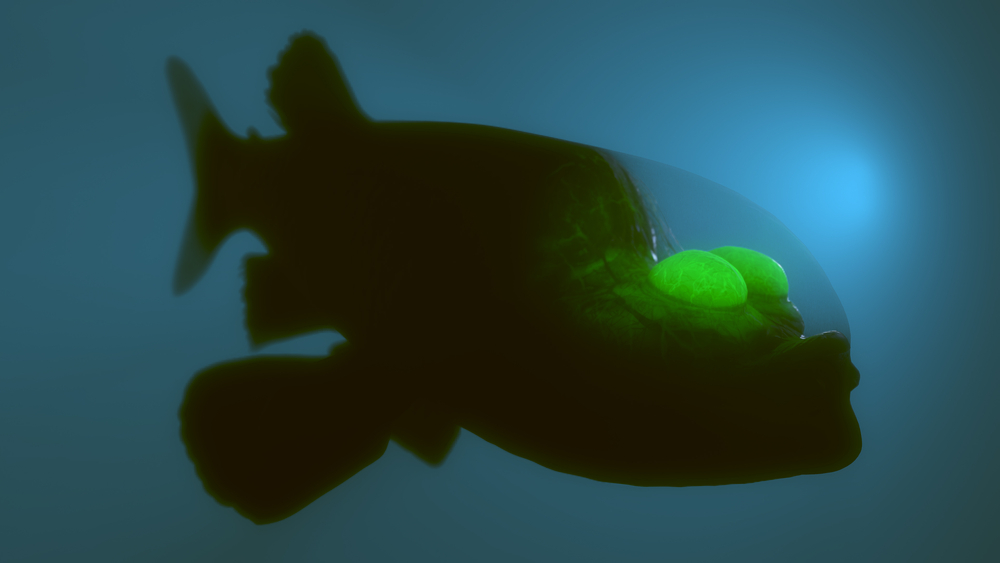
The barreleye fish is instantly recognizable for its transparent head, through which its tubular eyes peer. These eyes are capable of rotating to look upward, allowing the fish to spot prey silhouetted against the faint light filtering down from above. It’s a fascinating example of evolutionary ingenuity in the deep sea. You can’t help but be captivated by the view this fish must have of its bizarre, watery world.
Research published in Science magazine revealed that the barreleye’s eyes are incredibly sensitive to light, a necessary adaptation for life in the deep sea. This special ability to track shadows from above enables it to hunt gelatinous prey, such as jellyfish. Yet, many questions remain about its lifestyle and ecological role, making it a continual subject of interest for oceanographers. Observing this fish is like peeking into a surreal, underwater laboratory.
4. The Deep-Sea Dragonfish

The deep-sea dragonfish is a fearsome-looking predator, despite its modest size. With long, needle-like teeth and the ability to produce its own light, it’s built for the shadows. Its bioluminescent lure is not just for show — it uses this glowing appendage to attract prey in the pitch-black ocean depths. Imagine a world where your dinner comes to you, drawn by a beacon of light.
Despite being studied for its luminescent properties, many mysteries about the dragonfish remain. Its ability to emit light in the infrared spectrum, nearly invisible to most other organisms, gives it a stealthy advantage. This adaptation not only aids in hunting but also in avoiding becoming prey itself. As scientists delve deeper into understanding its biochemistry, the dragonfish continues to be a marvel of deep-sea adaptation.
5. The Yeti Crab
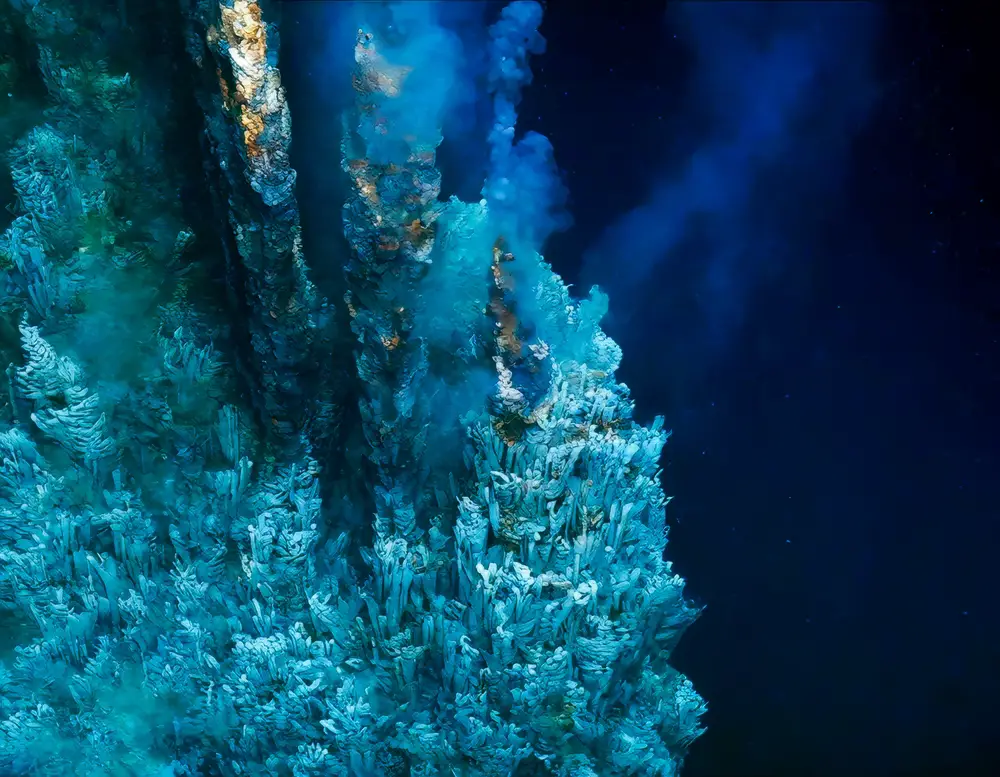
The yeti crab looks as peculiar as it sounds, with hairy claws that resemble the mythical creature it’s named after. First discovered near hydrothermal vents in the South Pacific, it’s a crustacean that thrives in one of the ocean’s most extreme environments. The ‘hairs’ on its pincers are populated with symbiotic bacteria, which it cultivates as a food source. This crab is the ocean’s version of a farmer, tending to its bacterial crop.
A study in Marine Biology highlighted the yeti crab’s unique symbiotic relationship, underscoring its adaptive evolution to vent ecosystems. These crabs rely on chemosynthesis rather than photosynthesis, deriving energy from the Earth’s geothermal activity. It’s a lifestyle that defies the traditional food chain, existing far from the sunlit waters above. Despite ongoing research, many aspects of its life cycle and ecological role remain shrouded in mystery.
6. The Giant Squid
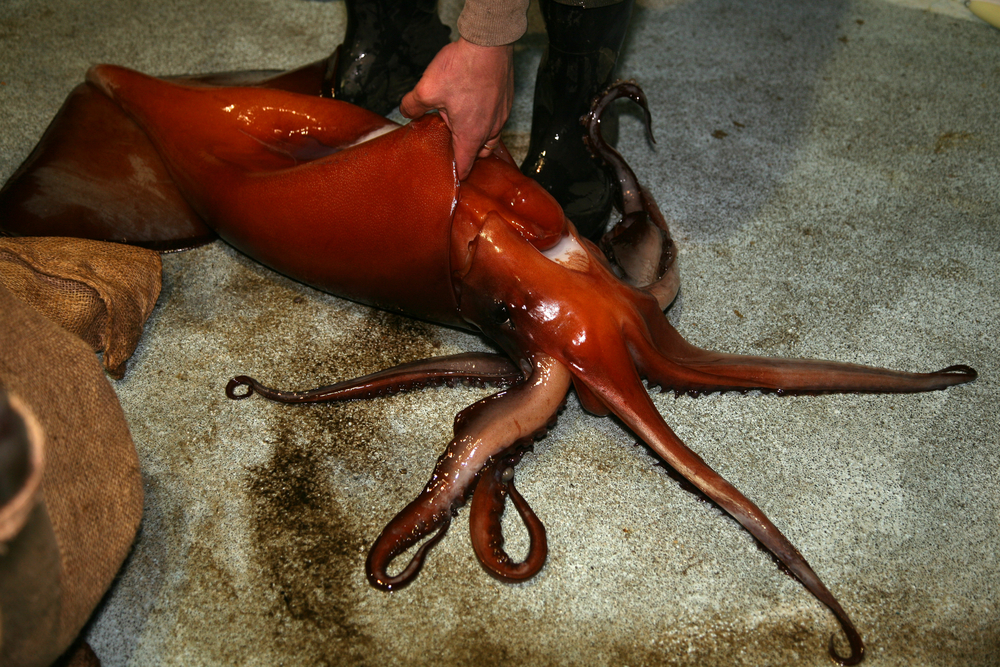
The giant squid has long inspired sailors’ tales and monster myths, yet remains largely a creature of legend. It wasn’t until recently that scientists captured the first footage of this elusive giant in its natural habitat. With eyes the size of dinner plates and tentacles that can reach astonishing lengths, it’s a true icon of the deep. Witnessing one in its natural setting is both awe-inspiring and humbling.
Despite modern technology, the giant squid continues to elude comprehensive study. Much of what we know comes from specimens washed ashore or caught in fishing nets. Its deep-sea lifestyle, feeding habits, and reproductive behaviors are topics of speculation rather than certainty. Each glimpse we get brings more questions than answers, perpetuating its status as a maritime enigma.
7. The Dumbo Octopus

Named for its ear-like fins that resemble Disney’s flying elephant, the dumbo octopus is as adorable as it is intriguing. This deep-sea resident is known for its gentle, floating movements and can be found at depths of over 13,000 feet. Its body is gelatinous, adapted to withstand extreme pressures few other creatures can endure. Watching one glide through the ocean is like seeing a ballet in slow motion.
According to research from the Monterey Bay Aquarium Research Institute, the dumbo octopus has a diverse diet that includes bristle worms and pelagic cephalopods. Its opportunistic feeding strategy is essential for survival in its sparse deep-sea habitat. Despite being relatively well-studied compared to other deep-sea creatures, many unknowns linger, particularly about its life span and reproductive habits. Encountering a dumbo octopus is a reminder of the gentle mysteries lurking beneath the waves.
8. The Frilled Shark
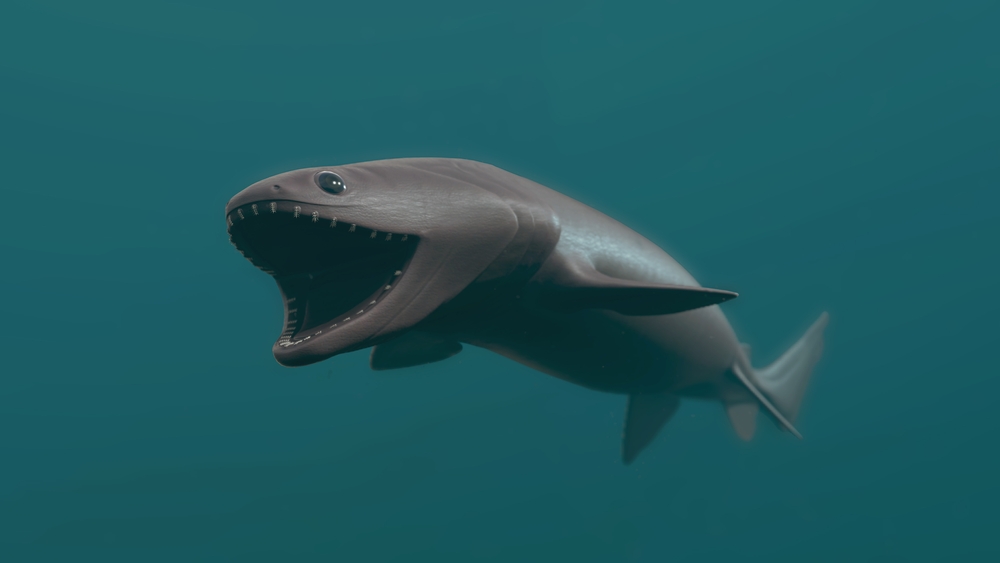
The frilled shark is often described as a “living fossil” due to its prehistoric appearance and lineage. With a long, eel-like body and frilled gills, it’s a primitive species that seems to have changed little over millennia. Typically found in the deep, dark waters of the ocean, it remains one of the least understood sharks. Imagine coming face-to-face with something that seems straight out of a time capsule.
While its hunting behavior and diet are of interest, the frilled shark’s elusive nature makes it challenging to study. It’s presumed to feed on squid and other deep-sea fish, snagging them with its multiple rows of needle-sharp teeth. Details about its reproduction and population dynamics remain largely speculative. Each rare encounter with a frilled shark offers a glimpse into an ancient world.
9. The Anglerfish

With its ghastly appearance and bioluminescent lure, the anglerfish is the quintessential deep-sea predator. The females are particularly notorious, sporting a glowing appendage that dangles in front of their mouths to attract prey. It’s a creature that thrives in the abyssal depths, where food is scarce and darkness eternal. You wouldn’t want to meet one of these in a dark ocean alley.
Despite their fearsome reputation, anglerfish relationships are strangely romantic. Males are much smaller and will fuse to the females, becoming permanent parasites that enable reproduction. This bizarre mating strategy is an evolutionary response to the vast, lonely expanses of their habitat. As scientists continue to study anglerfish, they remain a fascinating symbol of deep-sea survival.
10. The Blobfish
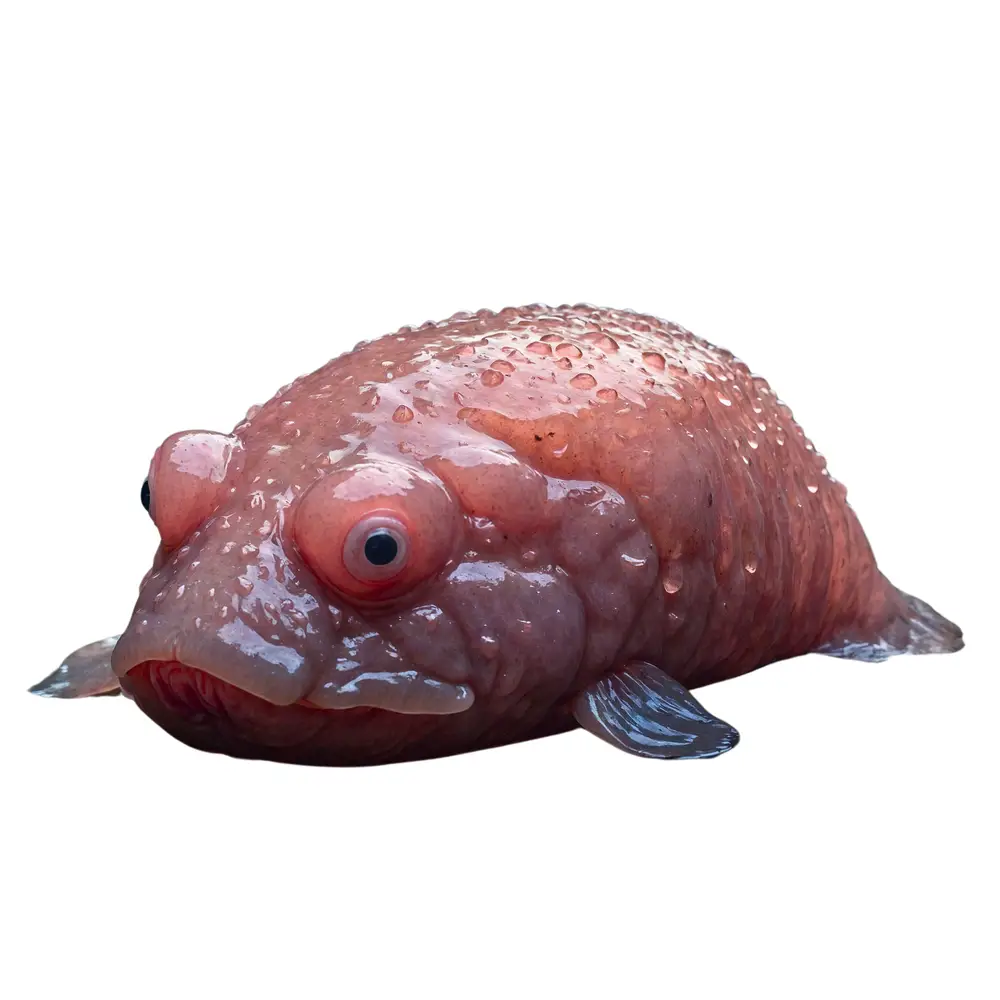
Often voted as the world’s ugliest animal, the blobfish is a deep-sea dweller with a startlingly jelly-like appearance. Outside of its high-pressure habitat, its body becomes a saggy mass, giving it its less-than-flattering look. Beneath the waves, however, it’s perfectly adapted, with a density slightly less than water, allowing it to hover effortlessly over the ocean floor. It’s a reminder that beauty, like mystery, is in the eye of the beholder.
Despite its unappealing appearance on land, the blobfish plays a vital role in its ecosystem. It feeds on crustaceans and small fish that it encounters, maintaining a balance in its deep-sea environment. Little is known about its reproductive habits or lifespan, adding to its enigmatic presence. Each encounter with a blobfish is a chance to reconsider our notions of beauty and adaptability.
11. The Colossal Squid
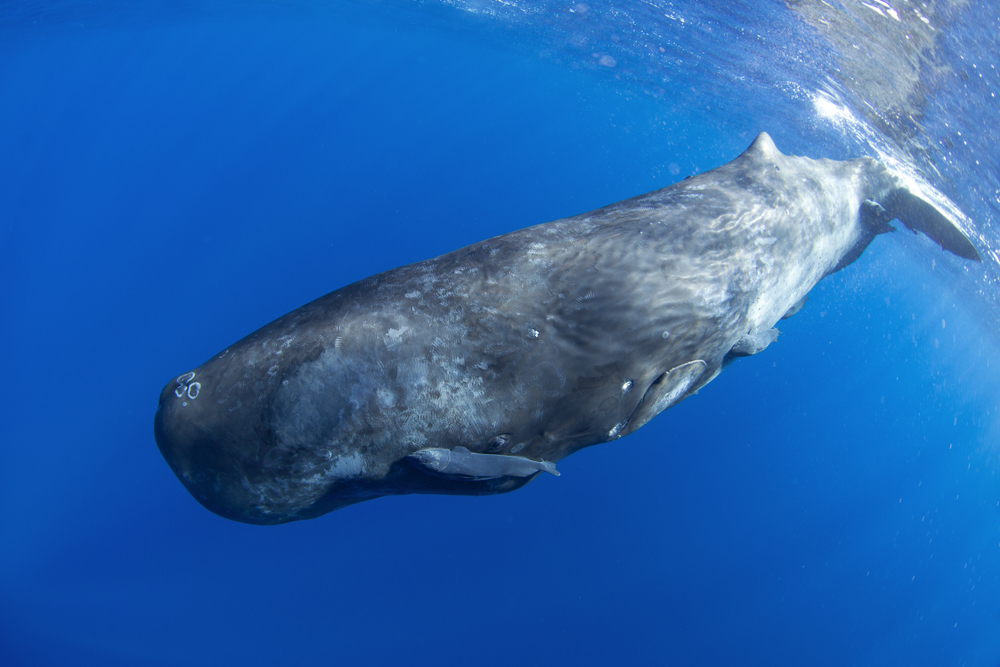
Similar to its cousin, the giant squid, the colossal squid is shrouded in mystery due to its deep-sea lifestyle. It’s larger, with massive tentacles and hooks that make it an intimidating presence in the Southern Ocean. Much of what we know comes from rare captures and remains found in the stomachs of sperm whales. Picture a creature so elusive that it borders on myth.
Studying the colossal squid has revealed fascinating insights into deep-sea gigantism, where creatures grow larger in the ocean’s depths. Its large eyes, the biggest in the animal kingdom, are adapted to detect faint traces of light in the abyss. Despite ongoing research efforts, many aspects of its biology and ecology remain unknown. The colossal squid continues to be a tantalizing enigma of the ocean’s depths.
12. The Sea Pig
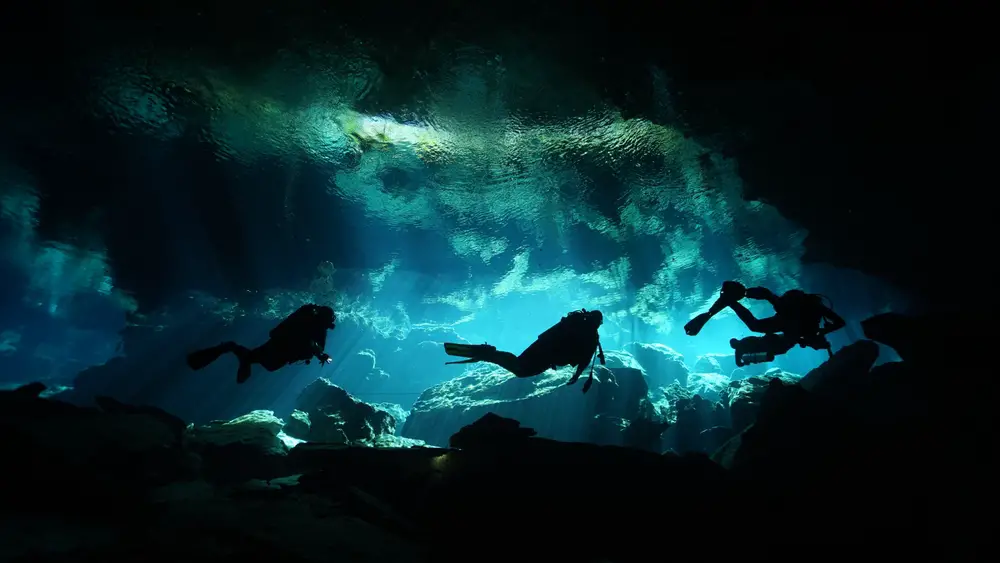
Sea pigs, a type of sea cucumber, might not win any beauty contests, but they’re crucial to the ocean floor’s ecosystem. With their plump, pinkish bodies and tiny tube-like legs, they roam the abyss, feeding on detritus. These scavengers are nature’s recyclers, playing an essential role in nutrient cycling. Imagine them as the cleanup crew of the deep sea, constantly at work.
While they might seem simple, sea pigs have a complex relationship with their environment. They’re often found in large groups, hinting at some social behavior or environmental preference. Questions remain about their reproductive habits and life cycles, which are difficult to study in their extreme habitat. Each sighting provides a glimpse into the intricate web of life at the ocean’s floor.
